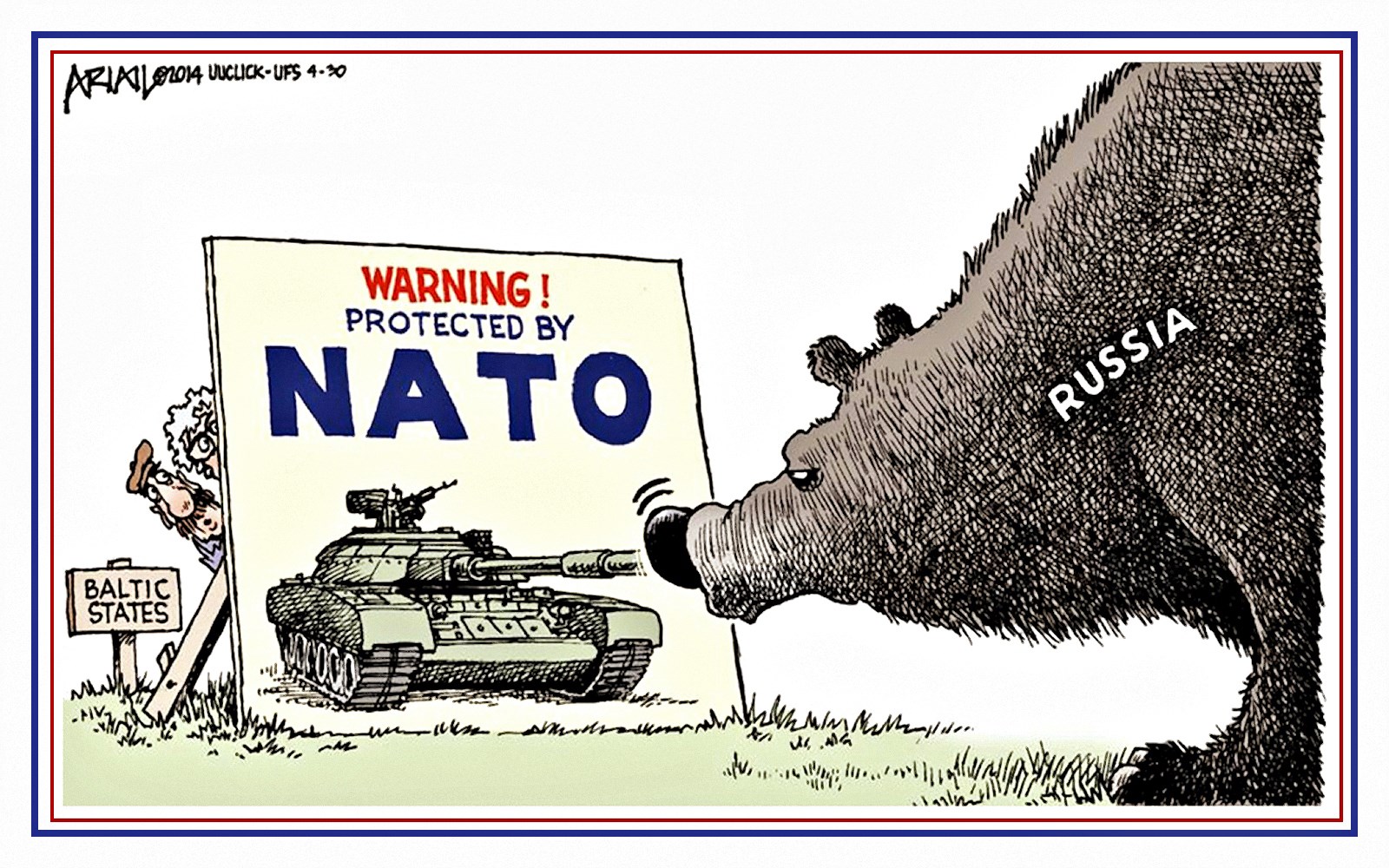Even as the debt crises of Italy and Greece continue and the economic malaise of the “big two” of Europe, France and Germany, has made the headlines in the past few months, Europe watchers may have noticed that the latest region to be affected is in fact outside the Euro-zone altogether. Worries are surfacing that the contagion may be spreading eastward, fueled by the uncertain economic and political climate of Eastern Europe.
The reality is that the push to tighten financial regulations in Europe’s banking sector and the downgrading of several sovereign credit ratings since the start of the year could have knock-on effects in Eastern Europe — an area which continues to feel the pressure in the wake of the 2008 global economic slowdown. Of the countries affected, any of Romania, Bulgaria, Serbia, or Croatia could see a banking crisis unfold if lines of credit from the west dry up. Hungary is also at risk given that bank losses continue to mount as its currency weakens respective to the Euro.
At the moment, governments, lenders and regulators must be careful to avoid a cascade of failure. The fear is that as Western European banks scale back their exposure in response to stricter capital requirements and rising debt service costs, those in the east will find it increasingly difficult to meet the needs of their domestic industries and households. The resulting economic slowdown will lead to a yet weaker financial situation, and put even more pressure on lenders and governments alike.
The dilemma highlights the interrelated nature of the banking systems that currently link east to west. In total, lending by major western European banks represents three-quarters of all incoming credit into Eastern Europe. Austria, who is the single largest lender in the former communist countries, has just asked its major banks to scale back their exposure by increasing core capital reserves to 9% and restricting lending to 1.1 times what they can raise through local markets. The demand comes just as Austria’s creditworthiness was downgraded from AAA to AA+ by rating agency Standard & Poor’s because of its financial ties to Italy and Hungary. Though the Austrian banks have pledged not to abandon Eastern Europe, they have already begun to increase capital ratios by selling off assets.
Erik Berglof, chief economist of the European Bank of Reconstruction and Development (EBRD), believes that this kind of de-leveraging has the potential to make a “strong impact” across the region. Though the forecast for 3.2% growth has not been revised downward, a tightening of credit in eastern Europe seems to already be negatively affecting economic indicators such as manufacturing. And if governments are forced to inject more money to shore up their banking systems, other services will be neglected at a time when state budgets are already thinly stretched. In one example, a strike by underpaid doctors in Slovakia prompted a national state of emergency, with similar protests being planned in Hungary, Romania and Bulgaria.
Understandably, economists are quite concerned about the economic outlook in the region. Even as Western Europe is working to push through its own agenda for financial stability, several countries in the east are contemplating another round of foreign loans. In a break with the policies of his predecessor, newly elected Croatian Prime Minister Zoran Milanovic has hinted that a deal with the IMF or EU might be on the table. And in neighbouring Slovenia, the government’s cost of borrowing reached “bail-out territory” after parliament rejected the Prime Minister-designate on January 13. Its 10-year bond jumped above 7%, prompting fears of an Italy-style intervention. The Slovenian government has been asked to cut as much as €1-billion from its budget, or risk being unable to secure future loans to refinance its debt.
The austerity measure is the latest sign that lenders are very concerned about putting more money on the table. In all, bad debt represented 14% of all loans in the region by the end of 2011 and was growing in Croatia, Bulgaria, Romania, and Hungary.
Hungary: a worst case scenario?
Of all the countries that lie outside the Euro zone, Hungary has the unfortunate distinction of being the worst affected by the crisis. Having taken out several foreign currency loans in the past decade, the government must now worry about having to repay them just as its own currency has taken another dive. Ordinary Hungarians who borrowed from foreign lenders when rates were good and the forint was strong are likewise affected — many have already defaulted on home loans after seeing their monthly payments double as a result.
The weakness of the Forint is a result of stalled talks between the government and lenders at the International Monetary Fund (IMF) and the EU. Hungary is being singled out because of sweeping political changes, which outsiders have labeled as “heavy-handed” and “authoritarian.” Prime Minister Viktor Orban has been criticised for new legislation which extends the government’s influence over the central bank, the judiciary, and the new data protection agency. An electoral law passed last December is also favourable to the incumbent party. Potential investors have been scared away by the developments and the prospect of debt default in a country with 10.7% unemployment and large budget deficit.
In response, the European Commission has started a legal battle to get the government in Budapest to halt what is views as a breach of institutional independence. If so, this represents what other non-euro zone countries potentially face if they ask to borrow more funds to prop up their banks. Hungary will certainly have to make concessions of some kind on the political front if it wants to keep its fiscal ship afloat.
Will Eastern Europe’s problems continue?
In the near term, the economic pressure in Eastern Europe shows no signs of rapid improvement. But there are positive signs that in the long run it can be managed provided that the right steps are taken. Currently there are two major initiatives under way to shore up the banking sector across the European continent, either of which might smooth the way ahead.
The first is an effort by the EU to adopt stricter budget rules within the Euro zone and get countries to not spend more than they earn in tax revenue over a certain period. The idea is that a balanced-budget clause would be incorporated into national constitutions later on. Germany, which has been spearheading the initiative, hopes that this kind of domestic regulation tightening and the demand for fiscal prudency from the euro zone could work to get investment flowing again. At the moment, banks are required to hold set capital ratios. But assets that used to be safe, like Italian and Spanish bonds, are no longer that. As in the Austrian case, this means that banks must sell assets in the east to continue to have the right ratio on their books — a problem that would disappear if the Euro zone were to get its fiscal house in order.
The second effort revolves around easing shrinking credit availability. Policy makers have realized that the immediate challenge lies in creating a framework under which lending institutions can adapt to the stricter domestic regulations right now without negatively affecting countries outside the Euro zone. In response to the downgrade of Austria’s credit rating, a number of economists met in Vienna on 16 January to reiterate the need for greater coordination among institutional players. As in 2009, when several major lending institutions came together to establish the Vienna Initiative, the idea is that multilateral dialogue and strong commitments to making credit available will bolster confidence, leading to concrete lending taking place.
Of the two, it appears that the second is more likely to succeed in the short term. The first Vienna Initiative was a success with €33-billion invested, exceeding initial expectations of 24.5-billion and forestalling a systematic crisis in Eastern Europe. The tentatively proposed Vienna Initiative 2.0 could likewise do the trick, especially as some believe that the current crisis is much less severe than before. Analysts have pointed out that only €30-billion could be withdrawn this time around, a small amount compared to the €200-billion per year that was pumped into the region at the height of the boom in 2007. A full-on program like last time would not need to implemented in that case.
In comparison, the fiscal discipline treaty continues to be batted around by lawmakers as the 30 January deadline approaches. Though widely expected to pass, it remains to be seen whether it will make a difference in restoring confidence across markets. The main question is whether this latest round of tightening the proverbial credit belt is a prudent move. Taken too far and in combination with domestic budget agendas which have focused on austerity, it just might curb economic growth even further. Germany, the largest EU economy, has already cut back its 2012 growth target to 0.7%.
What is certain is that the non-euro zone countries must also enact reforms of their own at home if they want to avoid being left behind. The reality is that the east is becoming more polarized. While lending to the larger economies of the east such as Russia and Turkey are likely to keep growing at a healthy 12% and 18% respectively, Southeastern Europe is set to only match half that number. A stable political situation would be the right step in this direction, especially for out of favour countries like Hungary. It would the right step in avoiding the self-fulfilling prophecy in which the east is “too risky” for investment and ends up creating a system-wide crisis.



